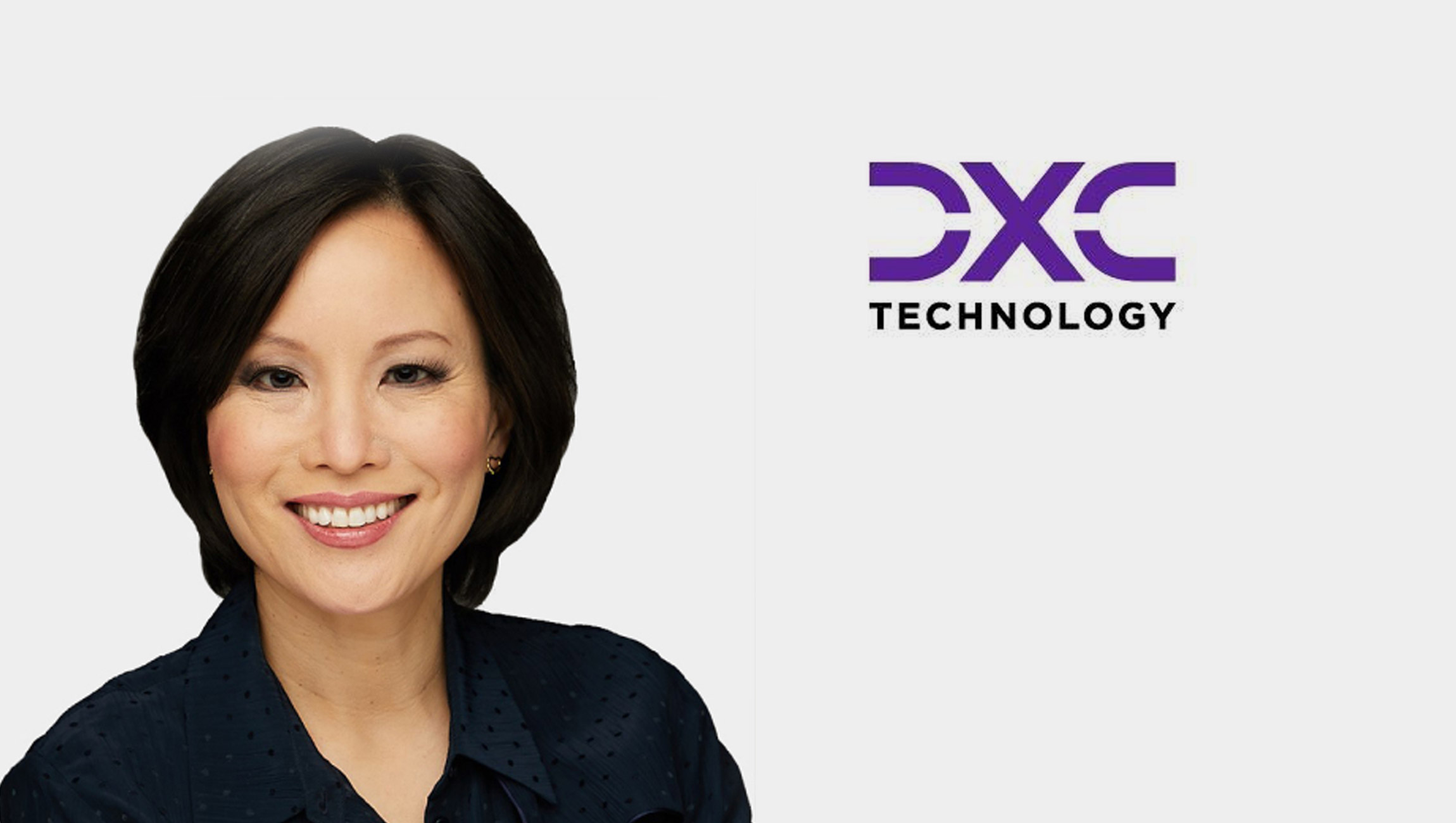The pandemic has irreversibly changed consumer shopping habits across categories. In particular, categories like beauty which dominantly sold in-store, the impact has been more visible. With lock-downs and safety concerns, e-commerce has become the primary channel for shoppers. According to McKinsey, beauty product brands and retailers reported e-commerce sales were twice as high as pre-COVID-19 levels and it’s estimated that a 20-30% growth in online sales of beauty products will continue through the pandemic. It is reported that 66% of Gen Z shoppers and 58% of millennials say they spend more time viewing beauty products online now than they did before the pandemic.
Marketing Technology News:MarTech Interview with Kim Sneum Madsen, CEO of Umbraco
Digitally native beauty brands have successfully leveraged this trend and doubled down on their sales both on their own D2C channels as well as on e-marketplaces like Amazon. The larger heritage brands which traditionally sold in-store, in some cases with in-person beauty advisory services are rapidly transforming their approach to succeed in this new world. In a period where connecting in-person poses a huge hurdle, fostering customer engagement to build loyalty is increasingly important for beauty brands that want to appeal to more consumers.
Shopalyst works with over 450 brands in 30 countries, and serves some of the best beauty brands like Estee Lauder, L’Oreal Paris, Maybelline, Bobbi Brown among others. This offers us a ringside view of the transformation of the industry and here are three big trends we are seeing:
-
Virtualize Beauty: Take the in-store experience online
Brands are investing in digital capabilities to deliver engaging online experiences that serve consumers with virtual equivalents of the familiar in-store experience. Examples include L’Oreal’s Modiface which uses augmented reality to help users visualize makeup and hairstyles on themselves. Google has launched virtual try on for select beauty products when they show up in search results. Sephora is encouraging usage of its ‘Virtual Artist’ tool as a replacement for in-store shopping. Other brands like Bobbi Brown use Shopalyst to create guided selling experiences that include advice from beauty experts and influencers.
-
Content Marketing: Invest in content that helps consumers
The pandemic has also created a shift in consumer behaviour from salon-care to self-care at home. The best brands are investing in content on YouTube and other social media that helps consumers manage this transition. For example, Garnier offers videos on DIY hair coloring at home. Bleach London offers ‘Hair Party’ which is a digital salon curated by the brand. Blume, a digitally native beauty and personal care brand, launched a series of themed weekly livestreams on TikTok offering viewers discounts and giveaways. Clinique, an Estee Lauder subsidiary, is building up customer loyalty by creating customer profiles around their virtual consultations drawn up from quizzes and personal details shared by shoppers. Brands like Garnier and Estee Lauder leverage Shopalyst no-code platform to build instant microsites to host such content and activate with consumers on popular platforms like Facebook, Instagram and YouTube.
-
Easy path to purchase: Make all digital ads shoppable
Digital media has been increasing its share of advertising spend even before the pandemic, and has now become the primary channel for many brands to connect and engage with their consumers. Ad experiences are evolving as well – mere banner impressions are not the end game anymore. Consumers expect advertising to be interactive and help them learn more about the brand, discover related products and be able to shop friction free. The world’s best beauty brands use Shopalyst to make their digital ads personalized and shoppable so that consumers can now interact and shop the brand directly from ads on YouTube, Facebook, Instagram and other popular media platforms.
Beauty brands that succeed in this new environment will be the ones that integrate creativity, technology and data to connect with consumers in moments that matter, and help them discover and shop easily. This approach creates the best outcomes for consumers (meaningful brand experiences), brands (higher return on their ad spends) and retailers (lower cost of customer acquisition). Proof of the pudding is from an analysis of over a billion ad activated shopping trips powered by Shopalyst – this clearly shows 3X improvement in targeting relevance, up to 5X in increased audience attention, and up to 8X in increased ad-activated shopping trips.
Marketing Technology News:MarTech Interview with Kevin O’ Farrell, Associate Vice President at Analytic Partners












Comments are closed.